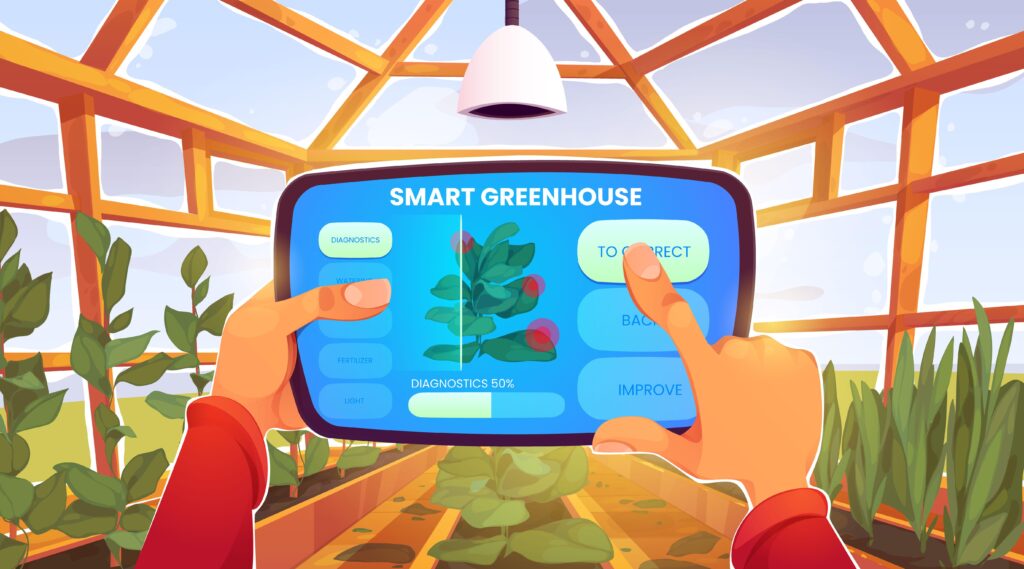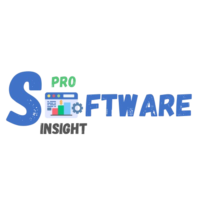How Crop Management Software is Revolutionizing Agriculture

Precision and efficiency are the cornerstones of modern agriculture. Farmers and agribusinesses constantly seek innovative ways to maximize yield, reduce waste, and improve sustainability. One of the most transformative advancements in recent years is crop management software. By integrating data analytics, remote sensing, and automation, this technology empowers farmers with real-time insights to make informed decisions. But what exactly is crop management software, and why is it becoming indispensable in today’s agricultural landscape?
What is Crop Management Software?
Crop management software is a digital solution designed to help farmers plan, monitor, and optimize every stage of crop production. These platforms consolidate data from various sources – such as weather patterns, soil conditions, pest activity, and irrigation systems – to provide actionable insights. Whether it’s a small farm or a large-scale agribusiness, this software simplifies decision-making by offering:
- Field Mapping and Monitoring: Satellite and drone imagery allow farmers to track crop health and detect issues early.
- Irrigation and Nutrient Management: Automated recommendations help optimize water usage and fertilizer application.
- Pest and Disease Prediction: AI-driven analytics warn of potential outbreaks before they become major threats.
- Yield Forecasting: Predictive models help farmers estimate harvest sizes and plan accordingly.
With these capabilities, farmers can transition from traditional guesswork-based approaches to data-driven precision farming.
How Crop Management Software Benefits Farmers and Agribusinesses
1. Increased Productivity and Efficiency
Manual data collection and farm management are time-consuming. Crop management software automates these tasks, freeing up valuable time for farmers to focus on strategic decisions. For example, John Deere’s Operations Center integrates machinery data with agronomic insights, streamlining farm operations.
2. Cost Savings Through Resource Optimization
Smart resource allocation is critical in agriculture. With real-time monitoring and automated recommendations, farmers can reduce excessive use of water, fertilizers, and pesticides—cutting costs while maintaining optimal crop health. A study by the American Farm Bureau Federation found that precision agriculture technologies can improve farm profitability by up to 20%.
3. Enhanced Sustainability and Environmental Protection
Modern agriculture faces increasing pressure to adopt sustainable practices. Crop management software supports eco-friendly farming by minimizing chemical runoff, optimizing land use, and reducing carbon footprints. For example, platforms like Climate FieldView allow farmers to implement variable-rate applications, applying resources only where needed.
4. Better Risk Management
Unpredictable weather patterns and disease outbreaks pose significant risks. Crop management software mitigates these uncertainties by leveraging predictive analytics, alerting farmers to potential threats before they escalate.
5. Compliance and Traceability
With growing consumer demand for transparency, farmers must maintain accurate records of their agricultural practices. Many crop management solutions provide automated documentation features, ensuring compliance with regulatory standards and enabling traceability from farm to fork.
Challenges of Crop Management Software
- High Initial Costs: Advanced software solutions often require significant upfront investment, making it less accessible for small-scale farmers.
- Technical Learning Curve: Not all farmers are tech-savvy, and adopting new digital tools may require training.
- Data Accuracy and Integration Issues: Inaccurate sensor data or compatibility issues with existing systems can hinder software effectiveness.
- Connectivity Constraints: Many rural farms struggle with poor internet access, limiting real-time data transmission and software functionality.
FAQs
Is crop management software only for large-scale farms?
No. While large farms benefit greatly from advanced data analytics, many solutions cater to small and mid-sized farms, offering simplified tools at lower costs.
Can this software work without an internet connection?
Some platforms offer offline capabilities, allowing farmers to record and access data even in areas with poor connectivity, syncing when back online.
How does AI improve crop management?
AI-driven analytics help predict weather changes, detect pests, and optimize planting schedules, reducing risks and maximizing yields.
What is the best crop management software?
The best software depends on farm size, budget, and specific needs. Popular options include Trimble Ag Software, Granular, Climate FieldView, and Ag Leader.
Conclusion
The agriculture industry is evolving rapidly, and crop management software is at the heart of this transformation. By leveraging data-driven insights, farmers can optimize yields, reduce costs, and embrace sustainable practices. While challenges such as cost and technical complexity remain, the long-term benefits far outweigh the hurdles. As technology advances and solutions become more accessible, crop management software will play an increasingly crucial role in ensuring food security and environmental sustainability for future generations.
